Polished concrete floors are very dark green. When looking to decorate the home of yours or maybe work place with a distinct and long lasting color effect, look no further compared to acid stain concrete flooring to bring brightness and life to your floors and rooms. But in modern world of decorating organic materials for flooring in countertops are far sought after in a single of the major trends is decorative concrete.
Polishing Old Concrete Floors
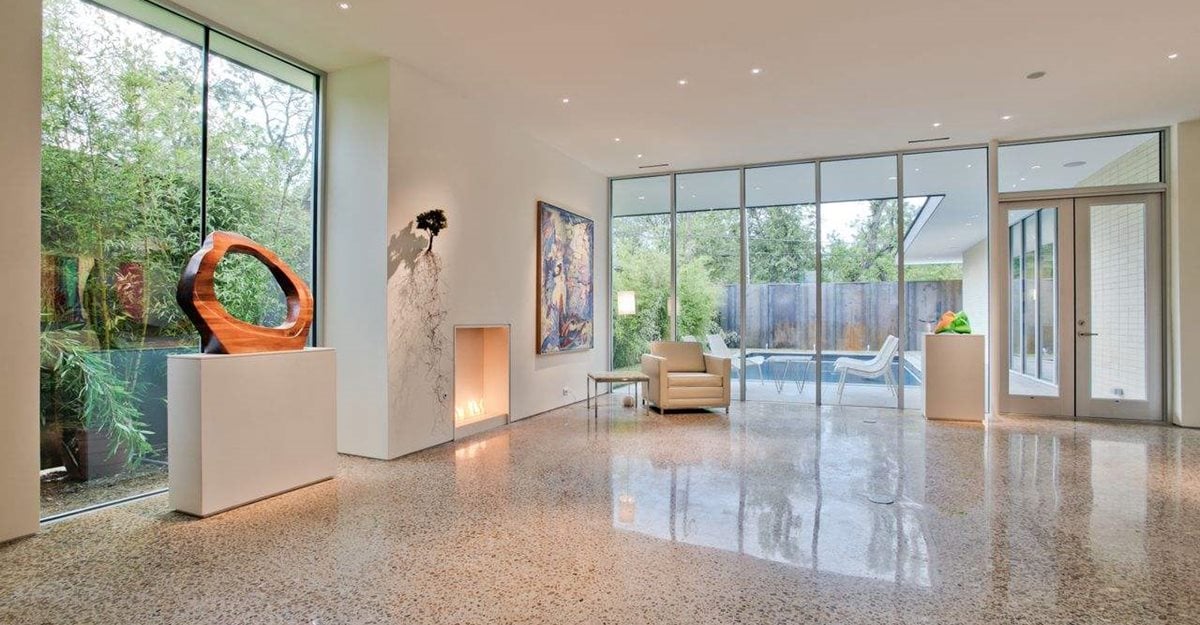
The color of the tile could possibly be utilized as the same color to stain the concrete floor. Concrete floors are hard and durable. The concrete flooring is there to stay and when you move on at a bit of stage, the new owners will have the ability to enjoy the many benefits this flooring type offers. Nearly all common flooring have arduous cleaning demands.
Pin by Concrete polishers of London on Concrete Floor Polishing Polish floor, Concrete floors

Hiring specialized concreters or concrete contractors might cost a little but you are sure of an even better outcome. Concrete floors are considerably suggested from the American Lung Association for folks with asthma and allergies. Every one of the above varieties of polished concrete floors can be finished in huge appearance and styles.
Ocala Concrete Polishing Services
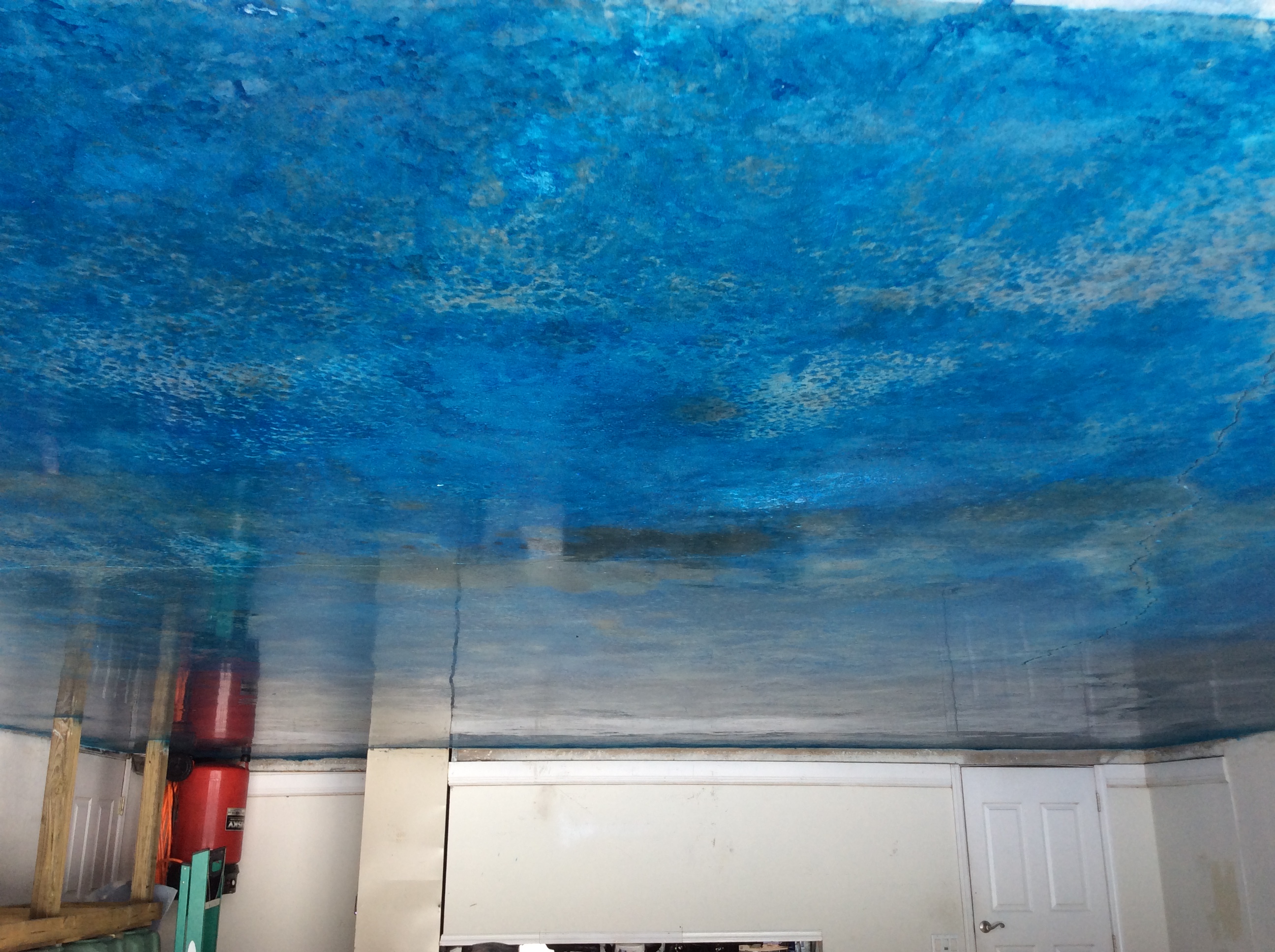
Polishing old concrete in an industrial warehouse transforms this space into a high quality

Concrete Polishing in Cranberry Township, PA
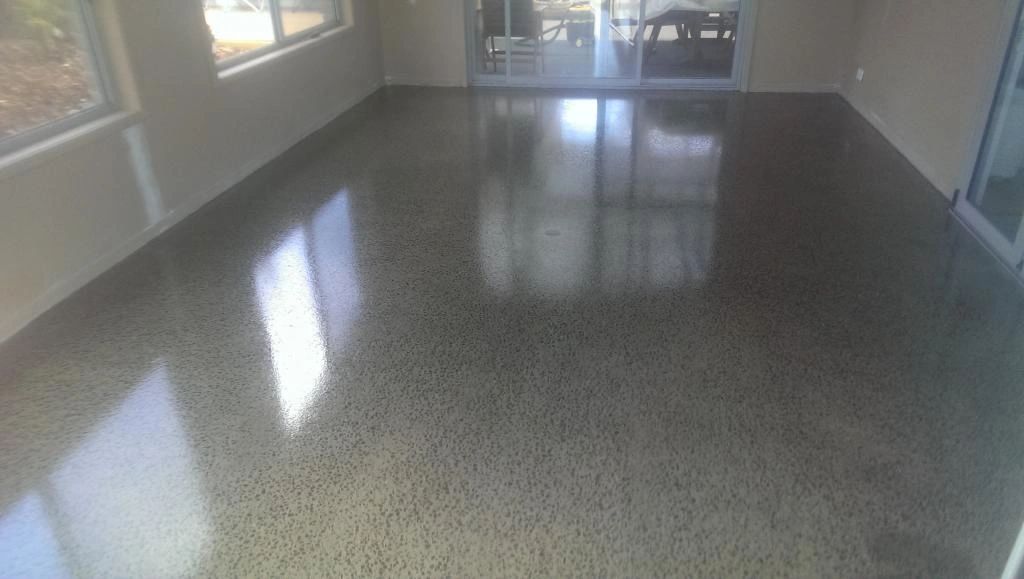
Pin by Concrete polishers of London on Concrete Floor Polishing Polish floor, Concrete floors

Concrete Floor Polishing Adelaide, Mount Gambier – Polished Concrete Floors

Coloured Polished concrete floors. Economic Beautiful concrete floors
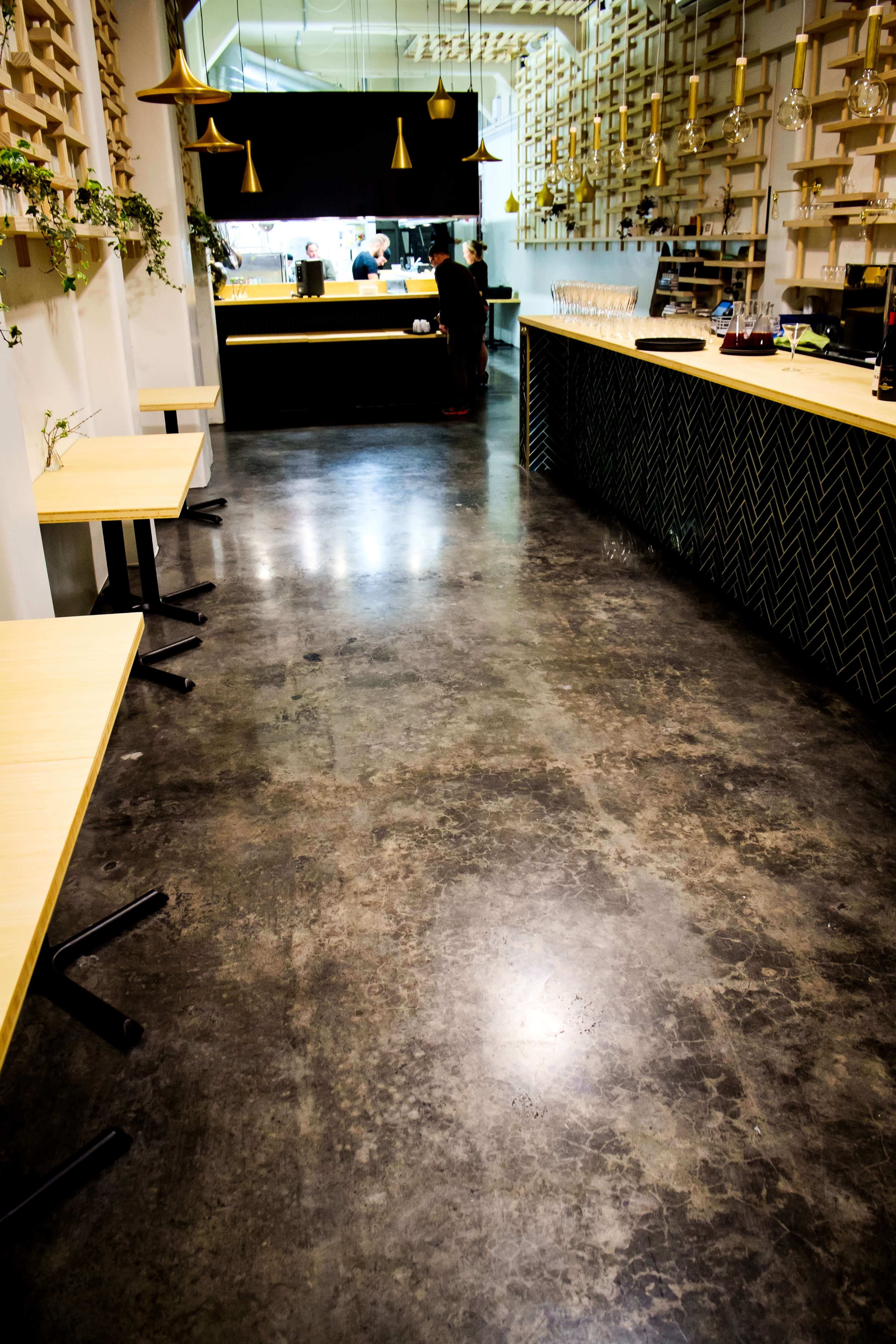
Polished, Stained, Stamped Concrete Floors Cement Polishing Pittsburgh
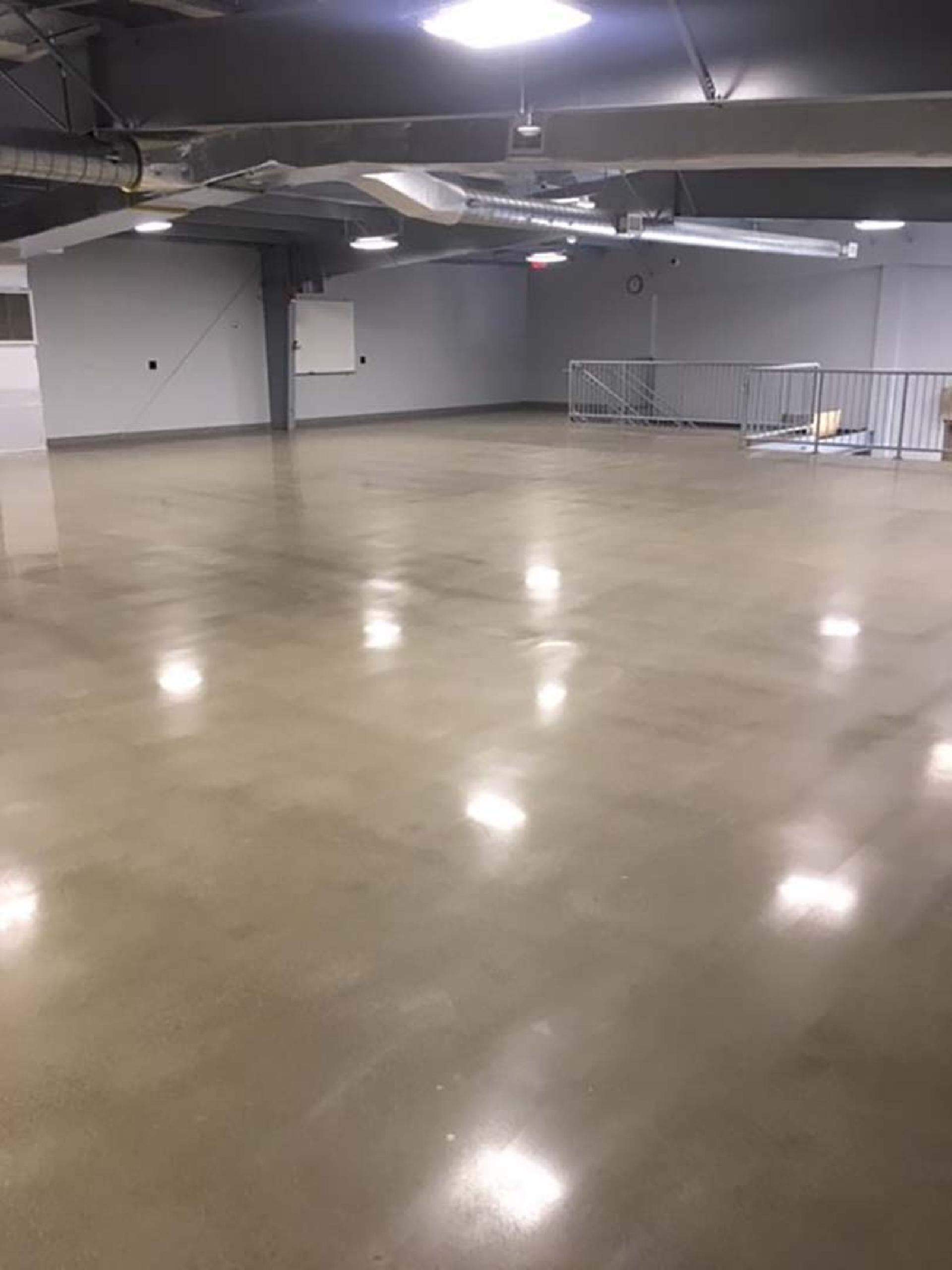
Polished Concrete Flooring – How to Polish Concrete
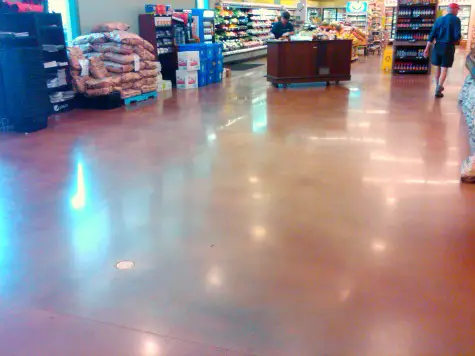
The Truth About Staining Old Concrete Concrete stained floors, Stained concrete, Concrete

Polishing Concrete Floors Life of an Architect

Polished Concrete Houston, TX Concrete Grinding And Polishing
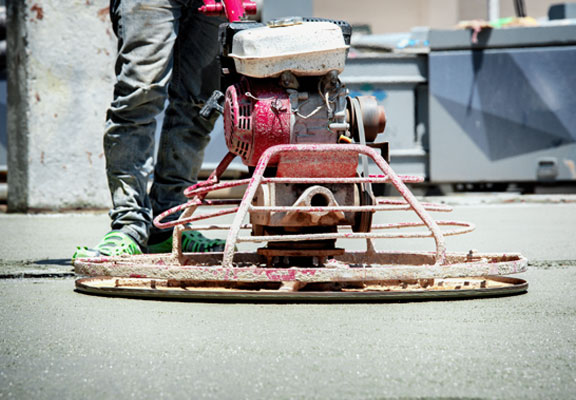
Concrete Floor Polishing

How to Prepare Your Concrete Floors for Acid Staining

Related Posts: